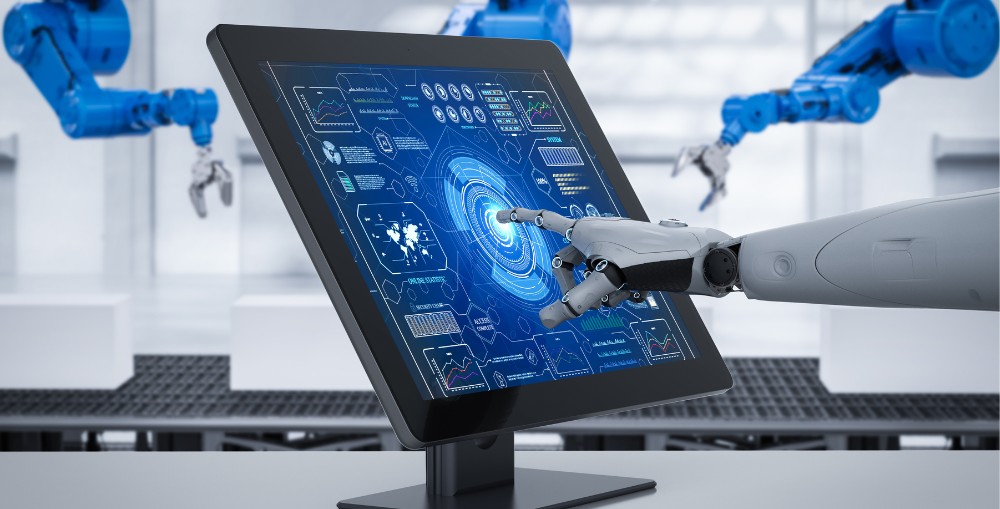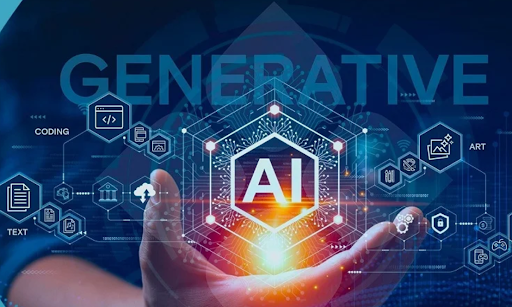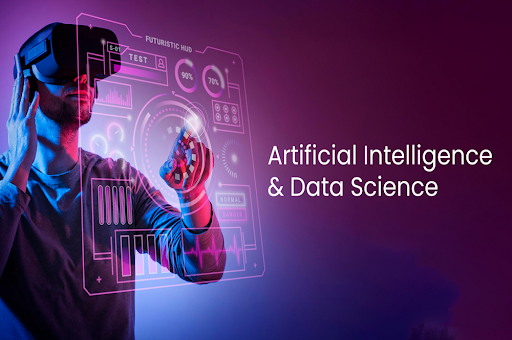Future of Automated Testing Harness Generative AI
Posted on on May 30, 2024 | by XLNC Team

No software development project is complete without successful testing. It is a critical aspect before implementation that ensures that an application or system functions to potential, there are no critical errors, and delivers a smooth user experience for the project’s overall success. Testing calls for time and labor- but that may not be so with the advent of automated testing that has and will significantly change the testing landscape. Generative AI promises to reshape our understanding and capabilities within automated testing. Here's a glimpse into the future of this transformative approach.
1. The Genesis of Automated Testing
Before we understand the impact of Generative AI on automated testing, let's first see what it was like as we know that automated testing is not something new. Over the years, it has been used by developers to execute repetitive tasks, improve efficiency, and ensure that code changes do not introduce new bugs. By scripting test cases and utilizing frameworks, testers can automatically verify numerous scenarios, saving both time and resources.
Example: In the early days of software development a programmer would write a code and manually test each functionality. The continued rise of web applications in the late '90s and 2000s, gave rise to tools like Selenium, which allowed testers to automate browser actions and validate web application functionalities in an automated manner without any manual intervention.
2. Generative AI
Generative AI, a subset of artificial intelligence, excels at creating content from scratch. Everything from images, music, or text, these algorithms are designed to create new outputs after learning from vast amounts of data. When we talk about automated testing, Generative AI can be trained on countless test scenarios, so it is enabled to generate test cases that human testers may miss.
For example, DeepArt is a service that can transform your photos into artworks in so many different styles. DeepArt uses Generative AI, in particular neural style transfer techniques, for merging two images into one.
3. The Benefits of Harnessing Generative AI in Testing
3.1. Comprehensive Test Coverage
With the use of Generative AI, the scope of test cases can be exponentially expanded. The AI can predict edge cases that might not be evident to a human tester, thereby considering scenarios that may be normally quite unexpected.
Example: In a banking application, human testers may tend to focus on standard transaction tests. On the other hand, a Generative AI, after studying multiple transaction patterns, might generate a test where a rare kind of transaction triggers a bug – which a human tester may not have thought of. If you're testing a health app, instead of manually creating patient profiles, a Generative AI could produce thousands of realistic patient profiles, complete with medical histories and varying demographics.
3.2. Rapid Adaptability
The evolution of software means there is a need for updated test cases. Generative AI can quickly adapt and produce relevant test scenarios for fairly new features, so that no aspect of an application goes untested.
Example: In a game development scenario, for a new level or character created within the game, the Generative AI can quickly learn its attributes and generate relevant tests, such as validating the character's abilities or checking for any potential problems in the new level.
3.3. Reduced Human Error
One of the biggest advantages of Generative AI is that it removes any potential for oversight and human error, that is a given in manual or human test case generation.
Example: A case in point is when testing for a mobile application's compatibility across devices; human testers might not consider some older models or unusual screen resolutions. The expansive Generative AI, with its expansive data training, won't miss out on such test scenarios.
3.4 UI/UX Testing
Generative models can easily be used to predict how users may interact with a software interface. These models can generate test scenarios that copy potential user actions by understanding typical user behavior.
Example: The AI can generate tests, for an e-commerce website, to simulate a user adding or removing multiple items to their cart, applying a discount code, and then moving to checkout.
Performance Testing:
Generative AI can be designed to simulate heavy loads on software or web applications by generating several virtual users and interactions, to understand how the system would perform under stress.
Example: A case in point can be for a multiplayer online game, the AI can simulate thousands of users playing at the same time, interacting with in-game elements, and even each other.
4. Real-world Applications
Among the challenges in software testing is creating relevant data that simulates real-world scenarios. Generative AI can be trained on actual data sets to create synthetic data to closely match actual user data, so you get more accurate tests without compromising on sensitive information. Companies are realizing the tremendous potential of Generative AI in testing, even in unique situations such as security. Generative AI can simulate a number of breach attempts, bringing out the possible vulnerabilities before and be prepared for any malicious attacks.
Example: OpenAI's GPT-3 is being used by companies to automatically generate code based on natural language requests. So also, for testing, you could have an AI model that can auto-generate test scenarios after analysing software documentation or user stories.
5. The Road Ahead: Challenges and Opportunities
Like everything new, the use of Generative AI in automated testing comes with its share of challenges. Training AI models is not an easy exercise, it needs significant computing power as well as a lot of data. The most challenging aspect of the use of Generative AI is the question of trust: can we completely rely on AI-generated test cases just as we can on test cases made by human experts?
Example: The healthcare industry seems hesitating to adopt AI solutions due to the high stakes involved. There are fears raised over the Software used for patient diagnosis, powered by Generative AI for testing, because of the challenges in understanding and validating every AI-generated test scenario.
However, as technology advances and more and more companies adopt the technology with successful results, these issues will iron out. The integration of Generative AI in automated testing is not just significant but it is a step into the future of software development itself, where human ingenuity is enhanced and supported by the unparalleled capabilities of AI.
6. Conclusion
The future of automated testing is indeed exciting, and the integration of generative AI, such as harnessing Generative Adversarial Networks (GANs) and other AI technologies, is expected to play a significant role in the the future automated testing.The use of Generative AI for automated testing can be foreseen as a landmark step in software quality assurance. Generative AI is a powerful tool, and its successful harnessing requires expertise in machine learning, data science, and domain-specific knowledge. It can also require a collaboration among data scientists, domain experts, and software engineers for successful implementation. Additionally, staying up-to-date with the latest developments in AI and generative models is essential for continous success.
Still in its nascent phase, its true potential in automated testing will be revealed gradually upon greater adoption. Plus, as technology progresses, we can soon expect to see more innovative solutions that merge the capabilities of AI with the needs of software quality assurance.
Search
Latest Blogs
-
 Certified Ethical Hacker (CEH) Online Training Advance Your Cybersecurity Skills
Certified Ethical Hacker (CEH) Online Training Advance Your Cybersecurity Skills
-
 Which Scrum Master certification ASM, PSM or CSM
Which Scrum Master certification ASM, PSM or CSM
-
 Is Getting a Six Sigma Black Belt Worth It Pros ,Cons and Career Impact
Is Getting a Six Sigma Black Belt Worth It Pros ,Cons and Career Impact
-
 Generative AI Course 2025 for Software Developers and Engineers
Generative AI Course 2025 for Software Developers and Engineers
-
 Top Black Belt Certifications and Training for Quality Managers to Drive Organizational Excellence
Top Black Belt Certifications and Training for Quality Managers to Drive Organizational Excellence
-
 Data Science Syllabus and Subjects: What You Should Know Before Choosing a Course
Data Science Syllabus and Subjects: What You Should Know Before Choosing a Course
-
 What is the difference between ITIL and Scrum certifications
What is the difference between ITIL and Scrum certifications
-
 Six Sigma certification: The six-level path to Master Black Belt
Six Sigma certification: The six-level path to Master Black Belt


